How AI is Transforming Data Security Practices
26 February 2025
When it comes to data security, let's face it—things are getting more complicated by the day. Hackers are getting smarter, cyber-attacks are becoming more sophisticated, and the sheer amount of data we need to protect is growing exponentially. So, how do we stay ahead of all these challenges? Enter Artificial Intelligence (AI)—the game-changer we never knew we needed in data security.
You’ve probably heard the buzz around AI, but how is it really changing the way we protect sensitive information? Let’s break it down in simple terms. AI is like that super-intelligent guard dog that doesn’t just bark when something’s wrong but actually predicts the bad guys’ next move. It’s a proactive approach to security, not just reactive.
In this article, we’ll dive deep into how AI is transforming data security practices. We’ll explore the good, the bad, and the downright revolutionary. Ready to see how AI is shaking things up? Let’s go!

Understanding the Basics: What is AI?
Before we get into the nitty-gritty of how AI is changing data security, we need to understand what AI actually is. In simple terms, Artificial Intelligence refers to machines or software that can mimic human intelligence. It’s not just about robots taking over the world (thankfully); it’s about algorithms learning from data to make decisions, solve problems, and even predict future outcomes.In the context of data security, AI can sift through massive amounts of data, identify patterns, detect anomalies, and respond to threats faster than any human could—24/7, without a coffee break.
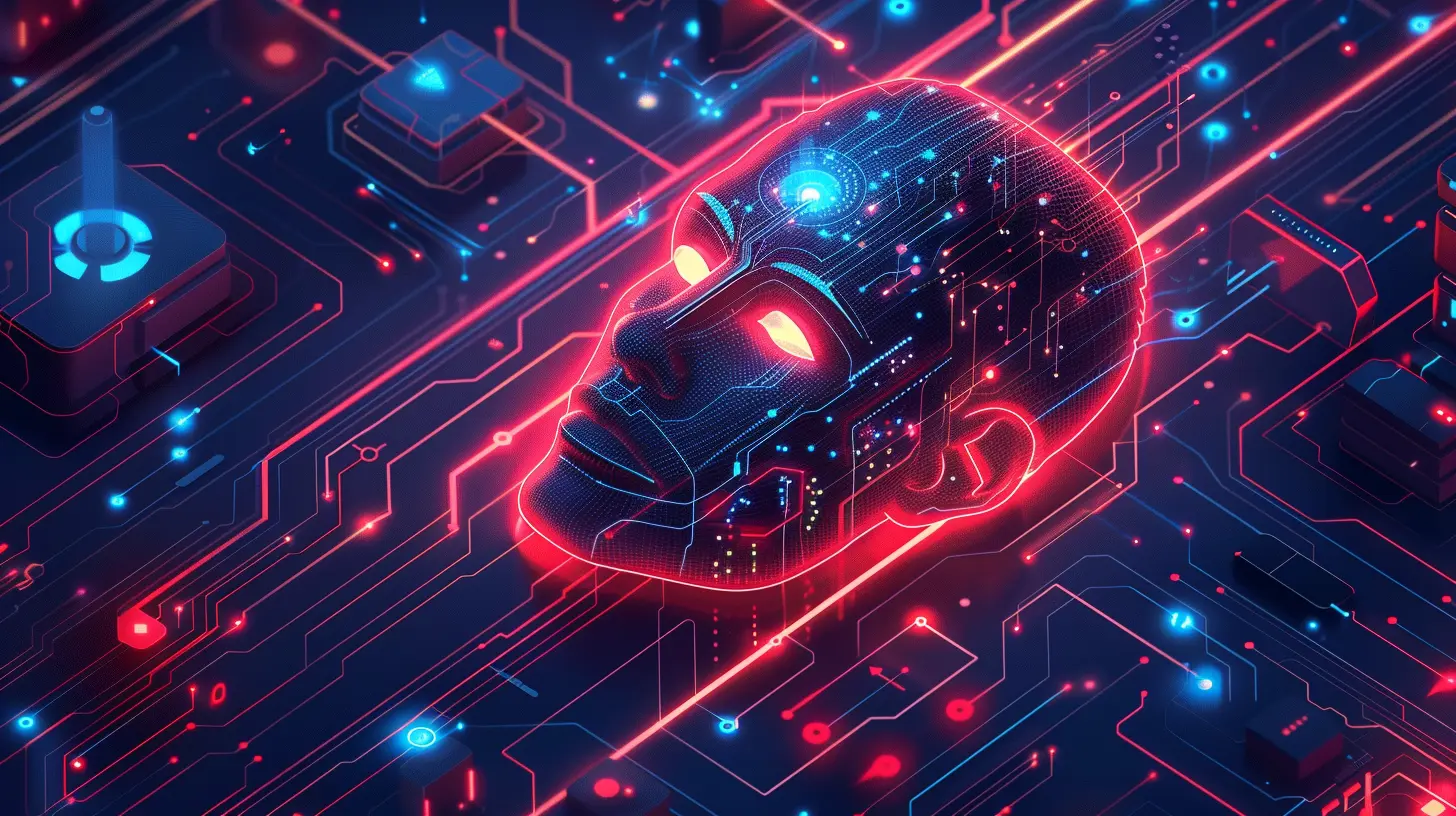
The Current State of Data Security
Let’s be real for a second. Data security is a mess. Cyber-attacks are happening all the time. Every other day, we hear about another breach—whether it’s a big corporation leaking sensitive customer information or ransomware attacks crippling entire organizations.Traditional security systems are struggling to keep up. Firewalls, antivirus software, and encryption methods are all useful, but they have their limitations. Most of these conventional tools rely on predefined rules. The problem? Hackers don’t follow the rules. They’re constantly evolving, developing new tactics that slip through the cracks.
So, what’s the solution? AI.
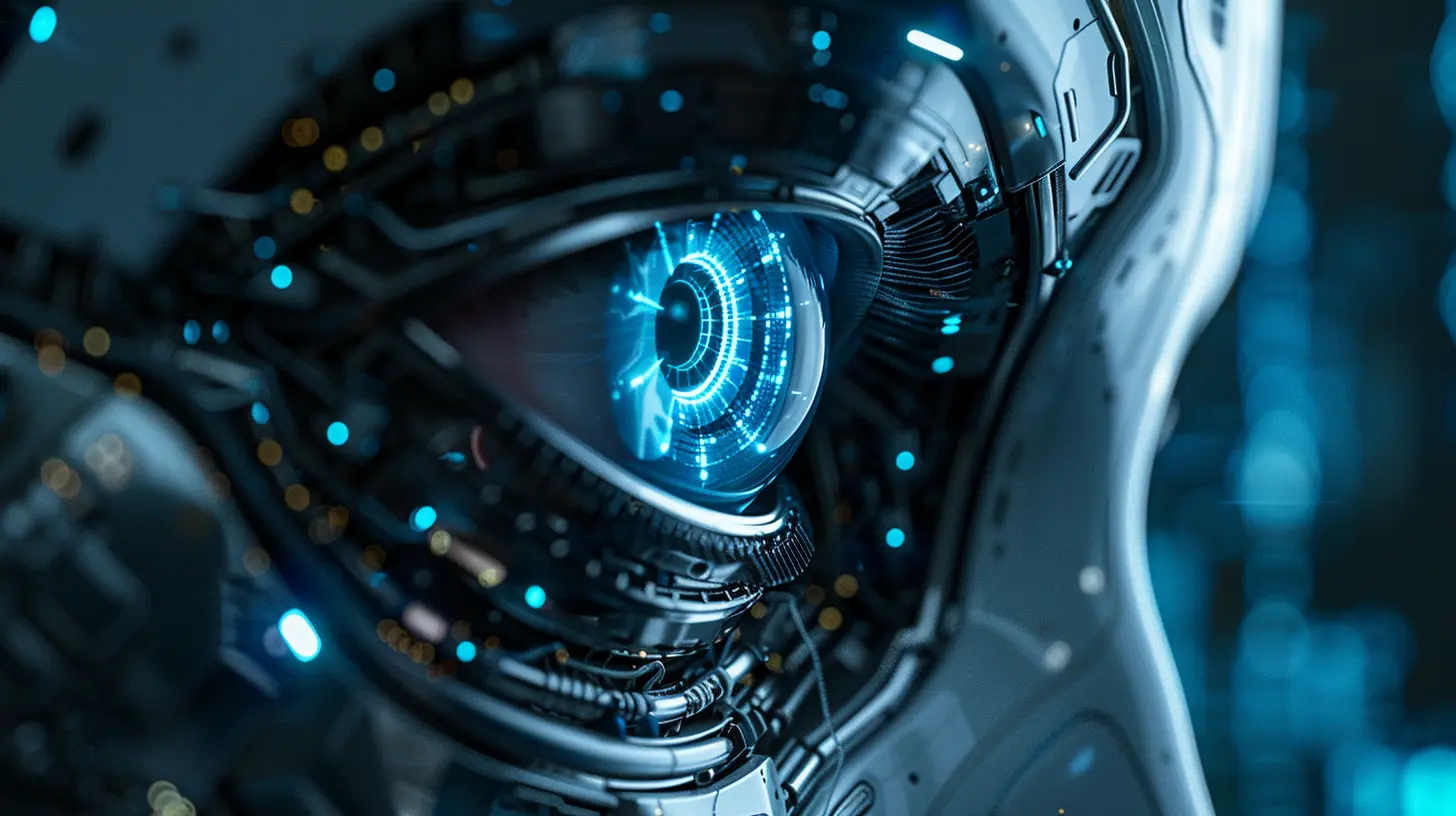
How AI is Revolutionizing Data Security
1. Real-Time Threat Detection
One of the biggest advantages of AI in data security is its ability to detect threats in real-time. Unlike traditional security systems that rely on past data or predefined rules, AI can analyze data as it’s coming in and make quick decisions based on that.For example, AI-driven systems can monitor network traffic and spot unusual behavior patterns. If someone is trying to hack into a system, AI can flag the activity almost instantly. This rapid detection is crucial because the faster you catch a threat, the less damage it can do.
Think of AI as a highly trained security guard that never sleeps, always watching every corner of your network. If something looks fishy, it raises the alarm right away.
2. Behavioral Analysis
AI doesn’t just look at the data; it learns from it. This is where the concept of machine learning comes into play. Over time, AI systems can learn what "normal" behavior looks like within a network, and when anything deviates from that baseline, it can flag it as suspicious.For instance, if an employee suddenly starts accessing sensitive data they’ve never touched before, AI can pick up on that behavior and alert the security team. This kind of behavioral analysis helps in spotting insider threats or compromised accounts, which are often overlooked by traditional security measures.
In simpler terms, AI knows when someone is acting “off” and can alert you before things get out of hand.
3. Automated Incident Response
We all know that time is money, right? Well, in the world of data security, time is everything. The faster you can respond to a security incident, the less likely you are to suffer significant damage. AI can help with that too.AI-powered systems can automatically respond to certain types of threats without needing human intervention. For example, if a malware attack is detected, AI can immediately isolate the affected system, preventing the malware from spreading to other parts of the network.
It’s like having an automatic sprinkler system that activates the moment it senses fire—no need to wait for the fire department to arrive.
4. Predictive Analytics
Here’s where things get really cool: AI doesn’t just react to threats—it can predict them. By analyzing historical data and identifying patterns, AI can forecast potential vulnerabilities before they’re even exploited.Imagine knowing which areas of your network are most likely to be targeted by hackers, or which kinds of attacks are on the horizon. That’s the power of predictive analytics. It’s like having a crystal ball for your data security.
This proactive approach allows organizations to shore up their defenses before an attack even happens. It’s much easier to prevent a breach than to clean up after one, wouldn’t you agree?
5. AI in Encryption
Encryption is one of the most effective ways to protect sensitive information. However, traditional encryption methods can be slow and cumbersome, especially when dealing with large amounts of data. AI is helping to make encryption faster and more efficient.AI algorithms can be used to create stronger, more complex encryption keys that are harder for hackers to crack. Additionally, AI can automate the encryption process, ensuring that sensitive data is always protected without any manual intervention.
In other words, AI is making encryption smarter and faster—two things we desperately need in today’s fast-paced digital world.
6. Fighting Phishing Attacks
Phishing attacks are one of the most common forms of cyber-attacks today. Hackers send fraudulent emails or messages that appear to come from legitimate sources, tricking individuals into revealing sensitive information like passwords or credit card numbers.AI is particularly useful in combating phishing attacks because it can analyze email content, sender information, and even the tone of the message to determine if something is off. AI-powered systems can flag suspicious emails before they even reach your inbox.
It’s like a spam filter on steroids. AI doesn’t just look for keywords like “free money” or “urgent request”; it can understand the context and detect subtle signs of phishing that would go undetected by traditional filters.
7. AI-Powered Fraud Detection
Fraud is another major concern for businesses, especially in sectors like finance and e-commerce. AI is making it easier to detect fraudulent activities by analyzing transaction data in real-time.For example, if someone is making a series of high-value transactions from a location they’ve never been to, AI can flag the activity as potentially fraudulent. It’s similar to how your bank might freeze your account if they notice unusual spending patterns, but AI does it faster and more accurately.
8. Combating Ransomware
Ransomware is one of the most devastating types of cyber-attacks out there. Hackers lock you out of your own systems and demand payment to release your data. AI is helping to combat ransomware by detecting it early.AI systems can monitor network activity and spot the tell-tale signs of a ransomware attack, such as the sudden encryption of files. Once detected, AI can automatically isolate the affected systems, mitigating the damage.
It’s like stopping a burglar before they even break through the front door.
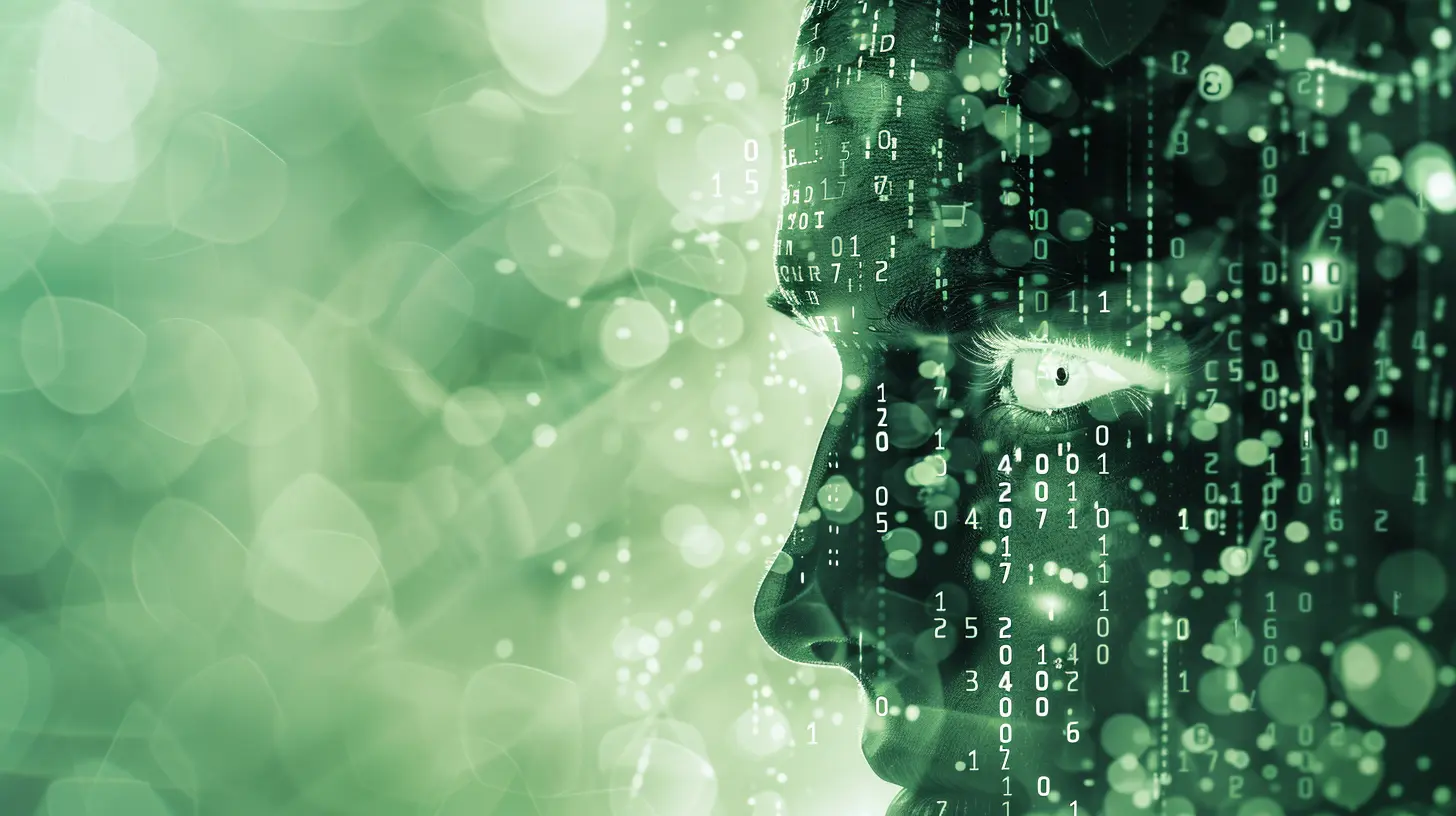
The Challenges of Using AI in Data Security
Now, before you think AI is the ultimate solution to all our security woes, let’s take a moment to address the challenges. AI is powerful, but it’s not perfect.1. False Positives
AI can sometimes be a little too cautious. It might flag legitimate activities as potential threats, leading to false positives. While it’s better to be safe than sorry, too many false positives can overwhelm security teams and lead to “alert fatigue,” where real threats might be missed among all the noise.2. Cost and Complexity
Implementing AI-driven security systems can be expensive and complex, especially for smaller organizations. It requires significant investment in technology, infrastructure, and talent. Not every business has the resources to deploy advanced AI solutions, which can create a gap in security capabilities between large enterprises and smaller companies.3. AI vs. AI
Ironically, as AI becomes more prevalent in cybersecurity, hackers are also starting to use AI to launch more sophisticated attacks. We’re entering a new kind of arms race where it’s AI vs. AI. The challenge will be to stay one step ahead of cybercriminals who are using the same technology to exploit vulnerabilities.The Future of AI in Data Security
Despite the challenges, the future of AI in data security looks incredibly promising. As AI continues to evolve, we can expect it to become even more integrated into security systems, offering faster, smarter, and more autonomous protection against cyber threats.In the coming years, we’ll likely see AI playing a central role in every aspect of data security, from threat detection to incident response and even regulatory compliance. The key will be to strike the right balance between human oversight and AI automation.
Conclusion
AI is transforming data security practices in ways we could have only dreamed of a few years ago. From real-time threat detection to predictive analytics, AI is giving us the tools we need to stay ahead of cyber threats in an increasingly digital world. While it’s not without its challenges, the benefits far outweigh the drawbacks.As we move forward, AI will continue to be the backbone of modern data security strategies, helping organizations safeguard their most valuable asset—data. So, whether you’re a small business or a large enterprise, investing in AI-driven security solutions is no longer optional—it’s necessary.
all images in this post were generated using AI tools
Category:
Data SecurityAuthor:

Reese McQuillan
Discussion
rate this article
20 comments
Easton McFarlin
AI is revolutionizing data security by enhancing threat detection, automating responses, and predicting vulnerabilities. Its ability to analyze vast datasets in real-time enables organizations to respond proactively, ultimately fostering a more resilient cybersecurity landscape.
April 7, 2025 at 8:15 PM

Reese McQuillan
Thank you for your insightful comment! I completely agree—AI is indeed a game-changer in data security, enabling faster threat detection and proactive measures.
Pia Carr
This article offers a fascinating glimpse into the evolving intersection of AI and data security! I'm eager to see how these innovations will not only enhance protection protocols but also reshape our understanding of privacy and trust in the digital age.
April 3, 2025 at 11:16 AM

Reese McQuillan
Thank you for your insightful comment! I'm glad you found the article engaging. The impact of AI on data security is indeed transformative, and I look forward to seeing how it continues to evolve.
Lyla Wilkerson
AI's evolving capabilities are reshaping data security by enhancing threat detection and response, but ethical considerations must guide its implementation.
March 30, 2025 at 7:24 PM

Reese McQuillan
You’re absolutely right! While AI significantly improves threat detection and response in data security, it's crucial to prioritize ethical considerations to ensure responsible implementation. Thank you for your insights!
Finn Navarro
AI is revolutionizing data security—adapt now or risk falling behind!
March 30, 2025 at 4:37 AM

Reese McQuillan
Absolutely! Embracing AI in data security is crucial for staying ahead of threats and enhancing protection measures. Adaptation is key!
Greyson Stewart
AI is revolutionizing data security by enhancing threat detection, automating responses, and analyzing vast datasets for vulnerabilities. Its predictive capabilities allow organizations to anticipate attacks, while machine learning algorithms continually evolve to counter new threats, ensuring a proactive defense strategy in today's digital landscape.
March 29, 2025 at 4:42 AM

Reese McQuillan
Thank you for highlighting these key points! AI's role in enhancing threat detection and automating responses is indeed crucial for a proactive defense strategy in data security.
Joel Wolfe
As AI reshapes data security, we must ponder the paradox of dependence: while it enhances our defenses, it also introduces new vulnerabilities. This duality challenges us to rethink trust in technology—can we secure our digital future without compromising our autonomy and privacy in an increasingly automated landscape?
March 26, 2025 at 8:53 PM

Reese McQuillan
Absolutely, your comment highlights a crucial tension in the evolving landscape of data security. As we leverage AI for enhanced protection, we must remain vigilant about the new vulnerabilities it introduces, ensuring that our pursuit of security does not come at the cost of our autonomy and privacy. It’s a delicate balance that requires ongoing dialogue and innovative solutions.
Esme Abbott
This article highlights the crucial role AI plays in enhancing data security practices. By automating threat detection and response, AI not only streamlines processes but also significantly improves organizations' ability to safeguard sensitive information against evolving cyber threats.
March 25, 2025 at 5:17 AM

Reese McQuillan
Thank you for your insightful comment! I’m glad you found the article highlights the transformative impact of AI on data security practices.
Zariah McCarty
AI enhances data security by predicting threats effectively.
March 19, 2025 at 11:44 AM

Reese McQuillan
Thank you! Indeed, AI's predictive capabilities are revolutionizing how we approach data security by identifying threats before they escalate.
Nix Myers
AI is revolutionizing data security, empowering businesses to stay ahead of threats and protect vital information in an ever-evolving digital landscape!
March 18, 2025 at 4:56 AM

Reese McQuillan
Thank you for your comment! I completely agree—AI is indeed a game changer in enhancing data security and helping businesses proactively tackle emerging threats.
Avianna McNab
AI enhances data security through predictive threat analysis.
March 17, 2025 at 5:14 AM

Reese McQuillan
Absolutely! AI's predictive capabilities allow organizations to anticipate and mitigate threats before they escalate, making data security more proactive and effective.
Erica McKee
This article brilliantly highlights the transformative impact of AI on data security practices. By leveraging advanced algorithms and machine learning, organizations can enhance threat detection and response times significantly. As AI continues to evolve, it will undoubtedly play a crucial role in safeguarding sensitive information against increasingly sophisticated cyber threats.
March 16, 2025 at 9:29 PM

Reese McQuillan
Thank you for your insightful comment! I appreciate your recognition of AI's crucial role in enhancing data security.
Isaiah Bennett
AI is the digital guardian we never knew we needed, transforming data security from a game of hide-and-seek into a fortress of proactive defense.
March 13, 2025 at 11:47 AM

Reese McQuillan
Thank you! AI indeed reshapes data security, making it more proactive and robust against threats.
Jacqueline West
While AI enhances data security, its reliance on algorithms may introduce new vulnerabilities. A balanced approach is crucial to safeguard against evolving threats.
March 10, 2025 at 9:33 PM

Reese McQuillan
Thank you for your insightful comment! You're right—while AI strengthens data security, we must remain vigilant about potential algorithmic vulnerabilities and adopt a balanced strategy to effectively combat evolving threats.
Valeria Kline
This article beautifully highlights the transformative role of AI in data security. As technology evolves, embracing these advancements is crucial for safeguarding our information. Understanding and implementing AI-driven practices not only enhances protection but also empowers organizations to stay ahead of emerging threats. Exciting times lie ahead!
March 9, 2025 at 12:07 PM

Reese McQuillan
Thank you for your insightful comment! I'm glad you found the article highlights the importance of AI in enhancing data security. Exciting times indeed!
Chase Gonzalez
AI is revolutionizing data security by enhancing threat detection and response times. However, as reliance on these technologies grows, we must remain vigilant about potential biases and vulnerabilities in AI systems themselves.
March 7, 2025 at 5:10 AM

Reese McQuillan
Absolutely, while AI enhances threat detection, it's crucial to address biases and vulnerabilities to ensure robust data security. Continuous oversight is essential.
Haze McDougal
Great insights on AI's role in enhancing data security! It's fascinating to see how machine learning algorithms can predict threats and automate responses. I'm excited to see future developments in this vital area!
March 5, 2025 at 1:18 PM

Reese McQuillan
Thank you for your feedback! I'm glad you found the insights valuable. The future of AI in data security is indeed exciting!
Tempra Dodson
While AI enhances data security, reliance on automated systems raises concerns about overconfidence and potential vulnerabilities, necessitating a balanced, human-centered approach.
March 4, 2025 at 5:55 AM

Reese McQuillan
You're absolutely right! A balanced approach that combines AI's capabilities with human oversight is essential to effectively address potential vulnerabilities while maximizing data security.
Isaiah Oliver
Embracing AI in data security not only enhances protection but also empowers organizations to innovate fearlessly. Together, we're shaping a safer digital future—let's harness this technology for a more secure world!
February 28, 2025 at 7:56 PM

Reese McQuillan
Thank you for your insightful comment! Embracing AI indeed paves the way for stronger security and greater innovation in our digital landscape. Together, we can create a safer future!
Abigail McDonald
Insightful perspective on AI.
February 28, 2025 at 1:08 PM

Reese McQuillan
Thank you! I’m glad you found it insightful. AI is indeed reshaping the landscape of data security.
Grayson Riggs
Fascinating insights! I'm intrigued by how AI's evolving role in data security could reshape our approaches to privacy and protection. Looking forward to exploring the innovative strategies that emerge from this technological shift!
February 27, 2025 at 4:36 AM

Reese McQuillan
Thank you! I'm glad you found the insights intriguing. AI's evolution in data security indeed offers exciting possibilities for enhancing privacy and protection. I look forward to your thoughts on the innovative strategies that will emerge!
MORE POSTS

From Phones to Cars: The Best Bluetooth Gadgets for Every Lifestyle
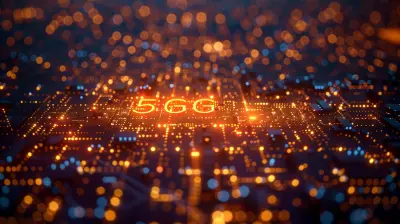
The Impact of 5G on Global Digital Transformation

Best Bluetooth Gadgets for Smart Home Automation

How Quantum Computing Could Transform Digital Solutions

Digital Transformation and the Shift Towards Servitization

Smart Displays for Seniors: Bridging the Generational Tech Gap

Quantum Computing Meets Edge Computing: Bridging the Gap

The Role of Blockchain in Cross-Border Payments
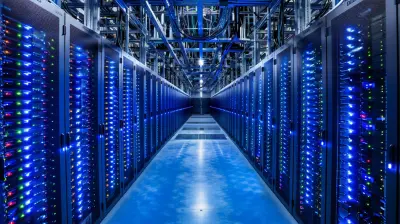
The Role of Hyperscale Data Centers in the Cloud Revolution

Best Practices for Building a Strong Data Security Policy

Building a Future-Proof Data Center: Key Considerations

How Smart Displays Are Making Smart Homes More Accessible